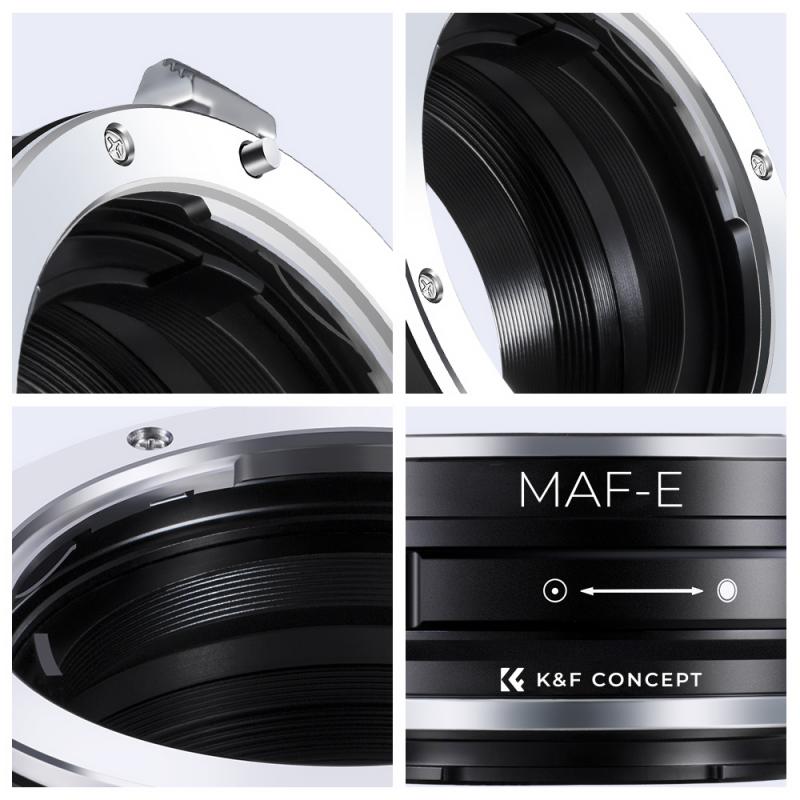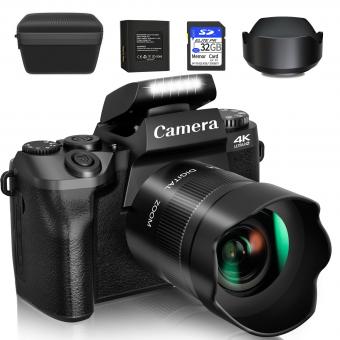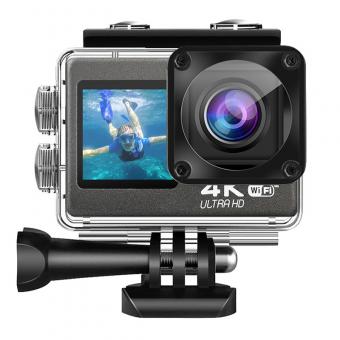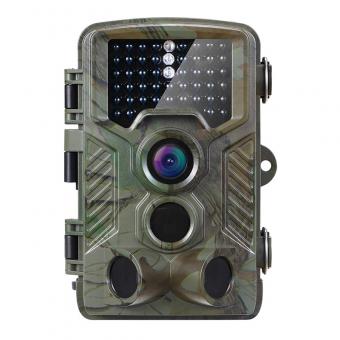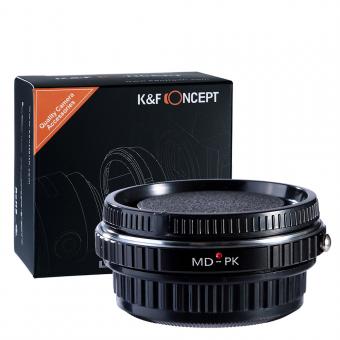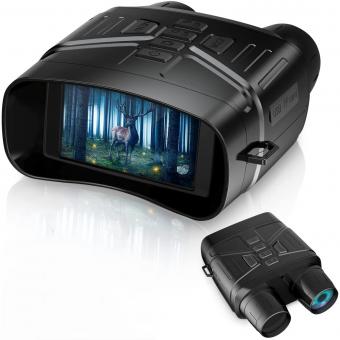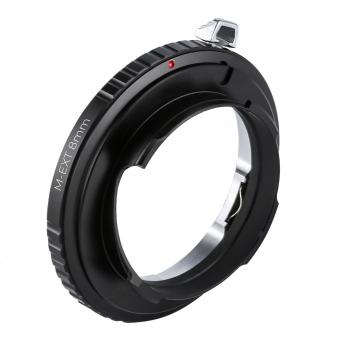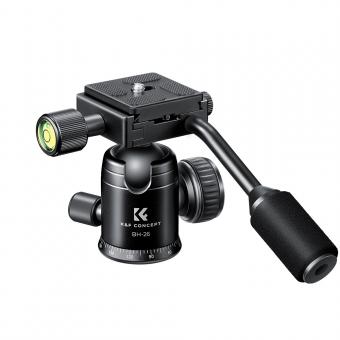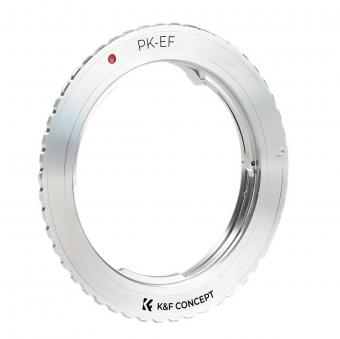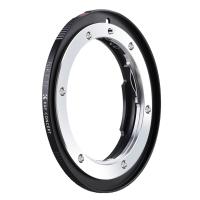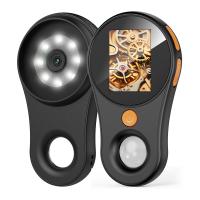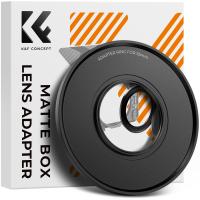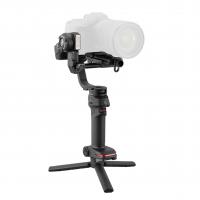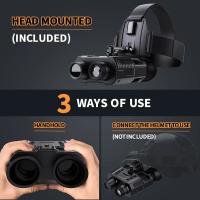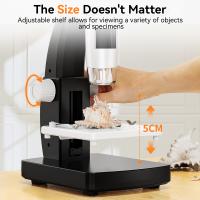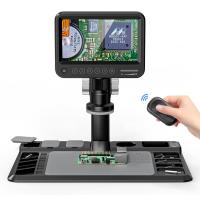How To Digitize Old Video Camera Tapes ?
To digitize old video camera tapes, you will need a few things. First, you will need a video capture device or a video capture card for your computer. This device will allow you to connect your old video camera to your computer. Next, you will need video editing software on your computer to capture and edit the footage from the tapes. Once you have these tools, you can connect your old video camera to the video capture device or card using the appropriate cables. Then, use the video editing software to capture the footage from the tapes onto your computer. You can also use the software to edit and enhance the footage if desired. Finally, save the digitized videos onto your computer or an external storage device for safekeeping and future use.
1、 Connecting the video camera to a computer for digitization
To digitize old video camera tapes, you can follow these steps:
1. Gather the necessary equipment: You will need a video camera with playback capabilities, a computer with video capture capabilities, and the appropriate cables to connect the camera to the computer. Make sure your computer has enough storage space to accommodate the digitized videos.
2. Connecting the video camera to a computer for digitization: Depending on the type of video camera you have, you may need different cables. Most modern cameras use HDMI or USB cables for connectivity. Older cameras may require RCA or FireWire cables. Connect one end of the cable to the video camera's output port and the other end to the computer's input port.
3. Install video capture software: Your computer may already have built-in software for capturing video, or you can download third-party software. Some popular options include Adobe Premiere Pro, Final Cut Pro, and Windows Movie Maker. Install the software and follow the instructions to set it up.
4. Start the capture process: Once the camera is connected and the software is installed, open the video capture software on your computer. Play the video on your camera and click on the capture button in the software. The software will record the video as it plays on the camera and save it to your computer's hard drive.
5. Edit and save the digitized videos: After capturing the videos, you can use the video editing software to trim, enhance, and add effects to the footage if desired. Once you are satisfied with the edits, save the videos in a digital format such as MP4 or MOV.
It's worth noting that technology is constantly evolving, and new methods of digitizing old video camera tapes may emerge. Therefore, it's always a good idea to stay updated with the latest information and techniques available.
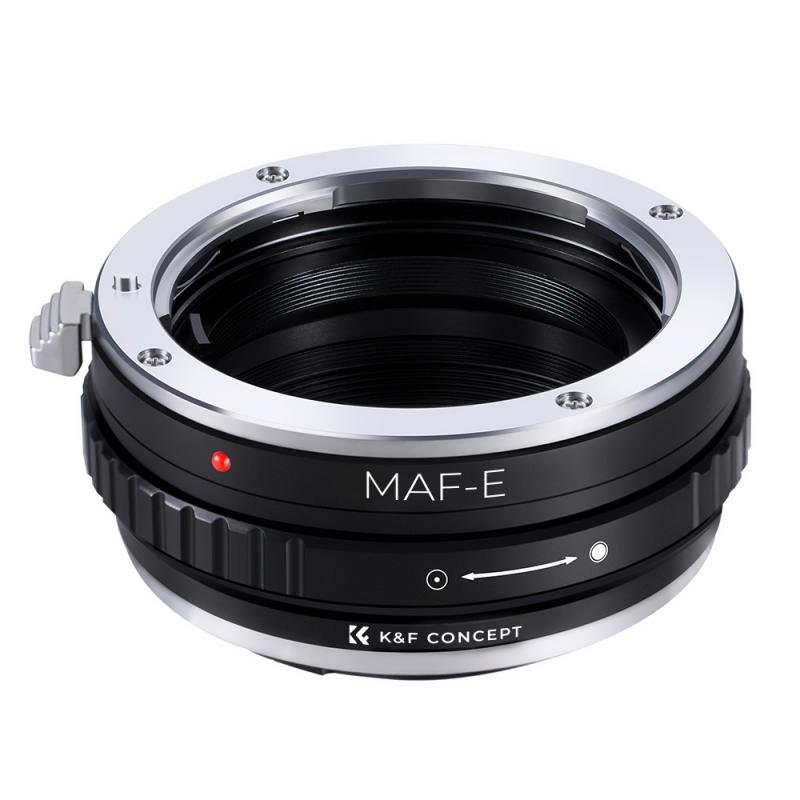
2、 Choosing the appropriate software for video tape digitization
Digitizing old video camera tapes is a great way to preserve precious memories and ensure they can be enjoyed for years to come. To accomplish this, you will need to choose the appropriate software for video tape digitization. Here are some key points to consider when making your selection:
1. Compatibility: Ensure that the software you choose is compatible with your computer's operating system. Most software options are available for both Windows and Mac systems, but it's always important to double-check.
2. Ease of use: Look for software that is user-friendly and intuitive. This will make the digitization process much smoother, especially if you are not familiar with video editing software.
3. Capture quality: Consider the quality of the captured video. Look for software that supports high-resolution capture to ensure that your digitized videos retain their original quality.
4. Editing capabilities: If you want to enhance or edit your digitized videos, choose software that offers a range of editing tools. This will allow you to trim, crop, add effects, and improve the overall appearance of your videos.
5. Output options: Check if the software provides various output formats and options. This will allow you to save your digitized videos in different file formats, making them compatible with different devices and platforms.
6. Customer support: Look for software that offers reliable customer support. In case you encounter any issues or have questions during the digitization process, having access to prompt assistance can be invaluable.
7. Latest advancements: Stay updated with the latest advancements in video tape digitization software. New technologies and features are constantly being introduced, so it's worth researching and considering the most up-to-date options available.
Remember, the appropriate software for video tape digitization will depend on your specific needs and preferences. Take the time to research and compare different options to find the one that best suits your requirements.
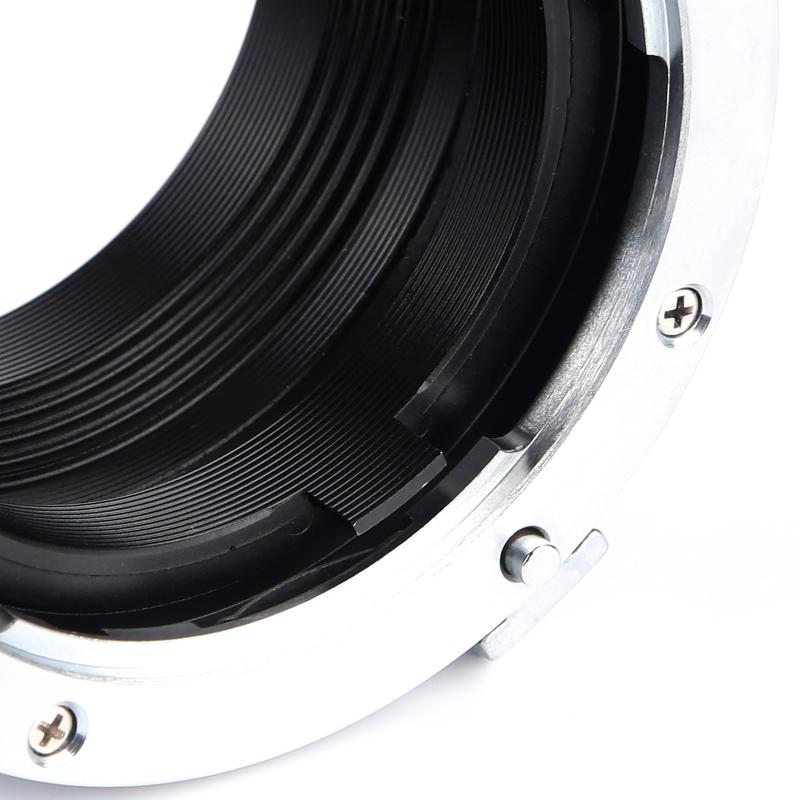
3、 Transferring analog video tapes to digital formats
Transferring analog video tapes to digital formats is a great way to preserve and enjoy old memories captured on video camera tapes. Here's a step-by-step guide on how to digitize old video camera tapes:
1. Gather the necessary equipment: You'll need a video capture device, such as a USB video capture card, a computer with video editing software, and the video camera tapes you want to digitize.
2. Connect the video capture device: Plug the video capture device into your computer's USB port and connect the video camera to the capture device using the appropriate cables.
3. Install and set up video editing software: Install video editing software on your computer and follow the instructions to set it up. Make sure it recognizes the video capture device.
4. Capture the video: Open the video editing software and start capturing the video from the tape. Press play on the video camera and click the record button in the software. Monitor the capture process to ensure it's working correctly.
5. Edit and enhance the video: Once the video is captured, you can edit it using the video editing software. Trim unwanted footage, enhance the quality, and add any necessary effects or transitions.
6. Save the digital file: After editing, save the video in a digital format, such as MP4 or AVI. Choose a location on your computer or an external hard drive to store the file.
7. Backup and share: It's essential to create backups of your digitized videos to prevent loss. Consider uploading them to cloud storage or burning them onto DVDs for safekeeping. You can also share the videos with friends and family by uploading them to video sharing platforms or creating personalized DVDs.
It's worth noting that technology is constantly evolving, and new methods of digitizing old video camera tapes may emerge. Stay updated with the latest advancements and recommendations to ensure the best results.
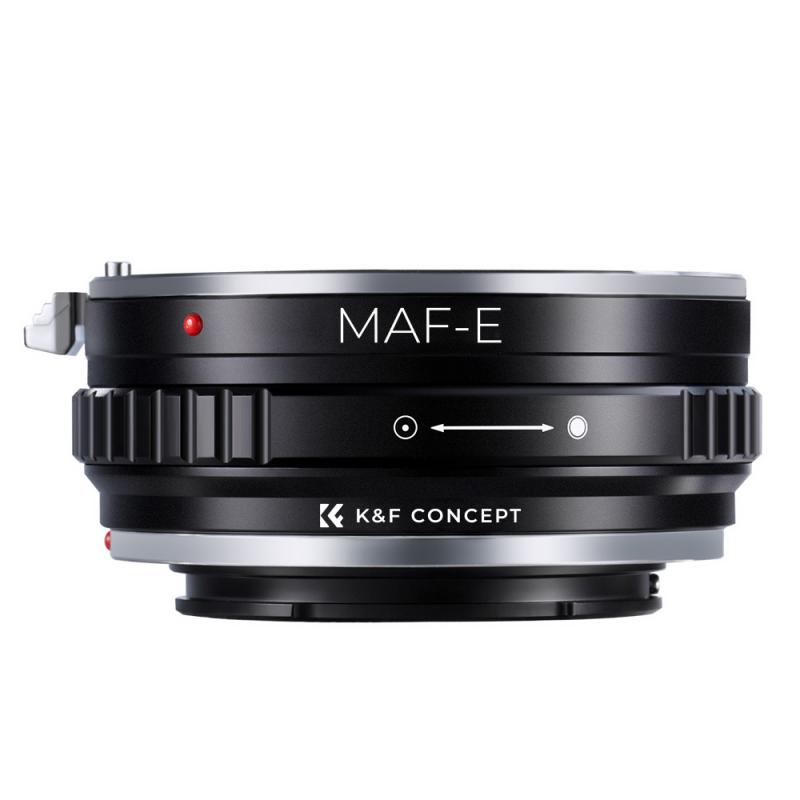
4、 Editing and enhancing digitized video camera tapes
How to Digitize Old Video Camera Tapes:
Digitizing old video camera tapes is a great way to preserve precious memories and ensure they can be enjoyed for years to come. Here are the steps to digitize your old tapes:
1. Gather the necessary equipment: You will need a video capture device, such as a video capture card or a USB video capture device. These devices allow you to connect your old video camera to your computer.
2. Connect your video camera to the capture device: Use the appropriate cables to connect your video camera to the video capture device. Make sure everything is securely connected.
3. Install video capture software: Most video capture devices come with software that allows you to capture and save the video footage. Install the software on your computer and follow the instructions to set it up.
4. Start capturing the video: Open the video capture software and select the appropriate settings, such as the desired video format and resolution. Press play on your video camera and start capturing the footage on your computer.
5. Save and organize the digitized videos: Once the capturing process is complete, save the digitized videos to your computer's hard drive. Create folders and organize the videos by date, event, or any other system that works for you.
Editing and Enhancing Digitized Video Camera Tapes:
After digitizing your old video camera tapes, you may want to edit and enhance the footage to improve its quality or add special effects. Here are some steps to consider:
1. Choose video editing software: There are various video editing software options available, ranging from basic to professional-grade. Choose one that suits your needs and budget.
2. Import the digitized videos: Open your chosen video editing software and import the digitized videos into the program. Most software allows you to simply drag and drop the files into the timeline.
3. Edit the footage: Use the editing tools provided by the software to trim, cut, and rearrange the footage as desired. You can remove unwanted sections, add transitions between clips, and adjust the audio levels.
4. Enhance the video quality: Many video editing software programs offer tools to enhance the quality of your footage. You can adjust brightness, contrast, and color levels to make the video look more vibrant and clear.
5. Add special effects and titles: If desired, you can add special effects, filters, and titles to your video to make it more visually appealing. However, be mindful not to overdo it, as it can distract from the original content.
6. Export the final video: Once you are satisfied with the edits and enhancements, export the final video in your desired format. Consider saving a high-quality version for archival purposes and a compressed version for easy sharing.
It's worth noting that technology is constantly evolving, and new methods and tools for digitizing and editing video camera tapes may emerge. Stay updated with the latest advancements and techniques to ensure the best results for your digitization and editing projects.
